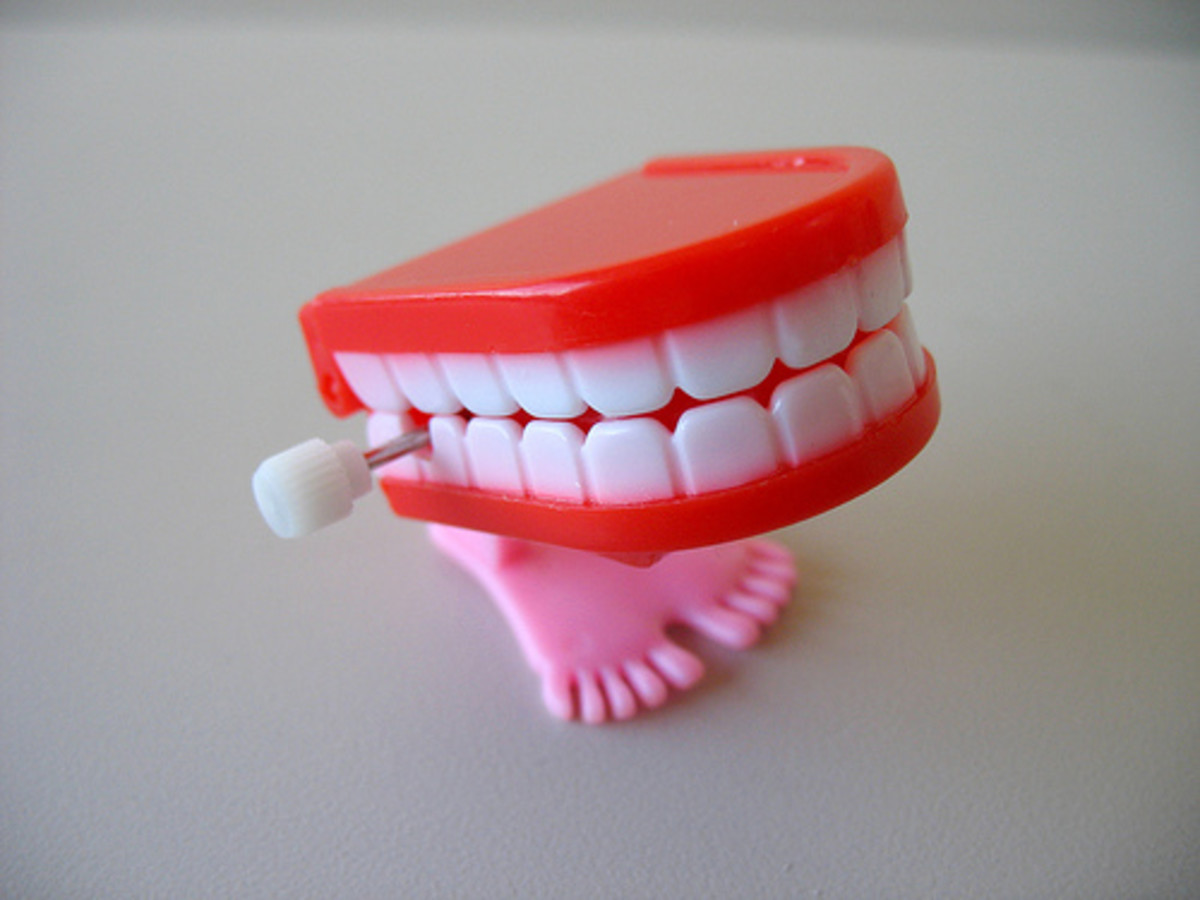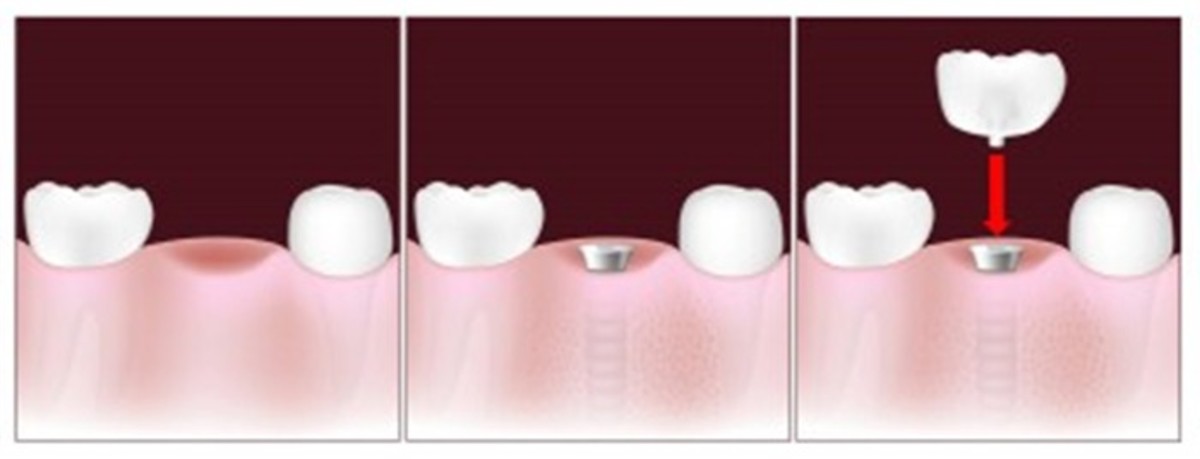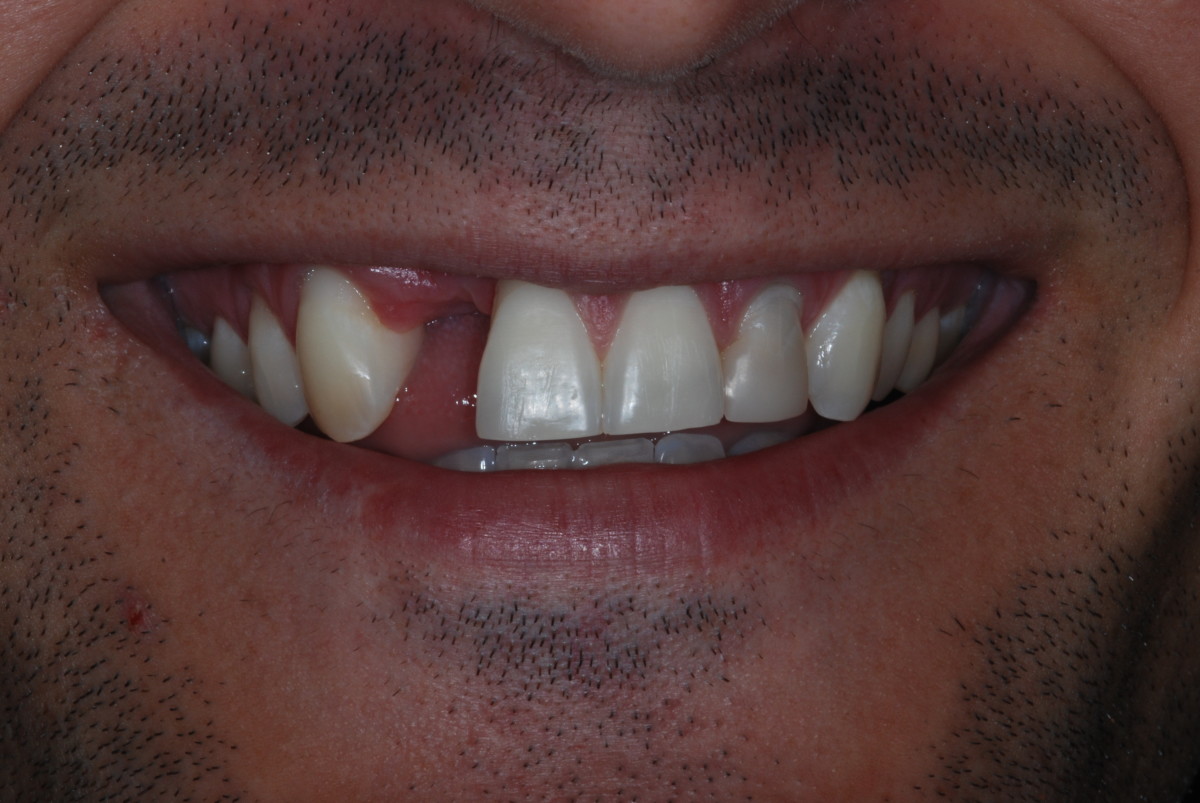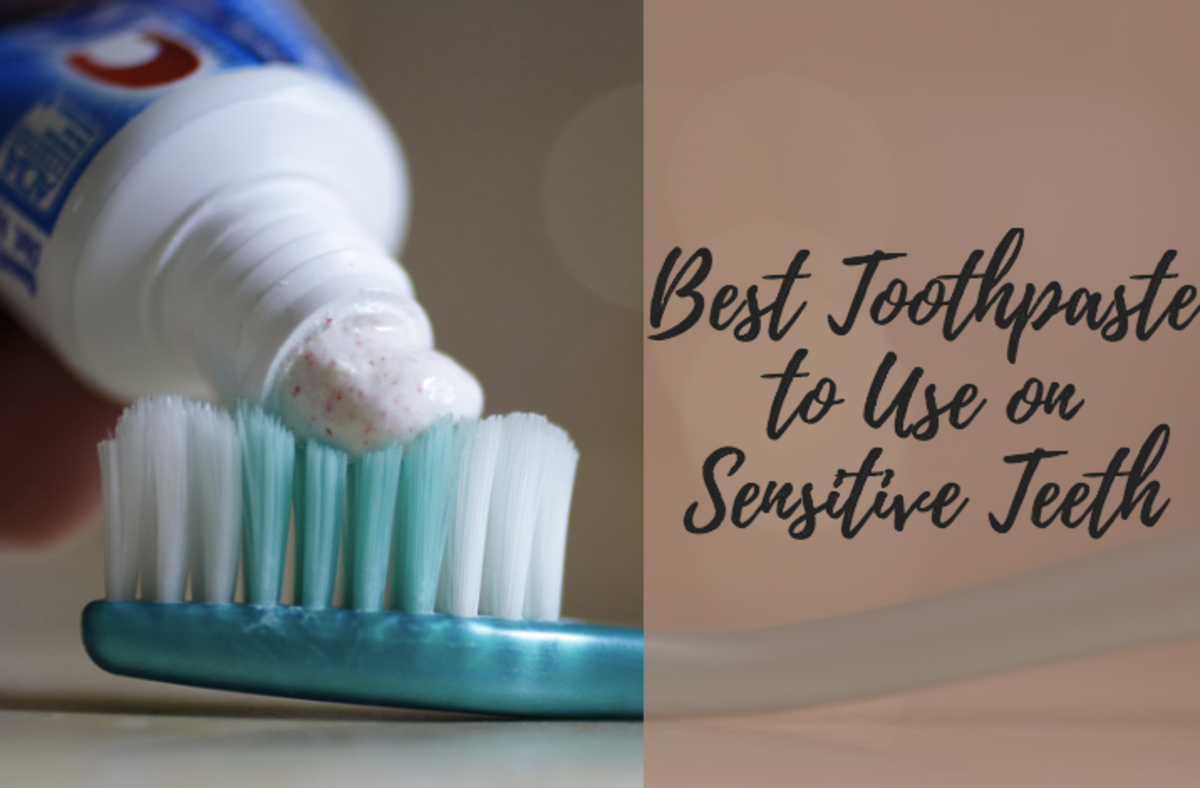What Causes Tooth Decay?

Tooth decay is caused by two groups of bacteria in the mouth called Streptococcus mutans and Lactobacilli. When an individual consumes simple, fermentable sugars, such as sucrose, glucose and fructose, these bacteria metabolise the sugars and produce an acid by-product. The acid attacks the teeth and demineralises the tooth structure. Over time, the tooth structure is weakened and collapses to form a cavity. Tooth decay can only occur as long as all these three components are present – acid-producing bacteria, the teeth and simple sugars.
The Progression of Tooth Decay
The initial formation of tooth decay appears as a small, demineralised spot on the teeth. Early detection of tooth decay can be observed by dentists as a “white spot”. At this point, tooth decay is still reversible and the teeth can be protected from further damage with the use of topical fluorides and good oral hygiene habits. Fluoride applied to the teeth helps to remineralise the teeth and reverse the initial stages of tooth decay. If the “white spot” is allowed to progress unchecked, it will eventually lead to the formation of a cavity. Once a cavity is formed, the only way it can treated by having a dentist place a filling.
Tooth cavities that are left untreated will continue to decay even further until the pulp (the nerves within a tooth) becomes compromised. In the early stages of pulp infection, it is still possible to save the pulp with specific medication and to cover the cavity with a filling. If pulp infection is allowed to progress, it eventually becomes irreversible and pulp death becomes imminent. Once that has occurred, a root filling becomes necessary to save the tooth from extraction.
Streptococcus mutans and Lactobacilli produce acids in the mouth after every meal that contains simple sugars. Saliva is the normal mechanism by which the mouth neutralises the effects of the acid attack on the teeth. Saliva contains minerals and acts as a buffer to neutralise the acids produced by these bacteria and to return the mouth to a more neutral pH. In addition to saliva, one can also brush with fluoride toothpaste to promote remineralisation of the teeth (thereby reversing white spots or initial tooth decay) and protect the teeth from future acid attacks.
Tooth Erosion
Although the consumption of acidic foods, such as citrus fruits, can also cause demineralisation of the teeth, these lesions are not considered tooth decay. When a tooth is damaged by excessive consumption of acidic foods, it is called tooth erosion since there is no bacterial component involved. In the case of tooth erosion, the cessation of consuming these acidic foods will halt the progression of the damage, whereas with tooth decay, once a cavity is formed, bacterial presence will continue to worsen the condition of the affected tooth.








